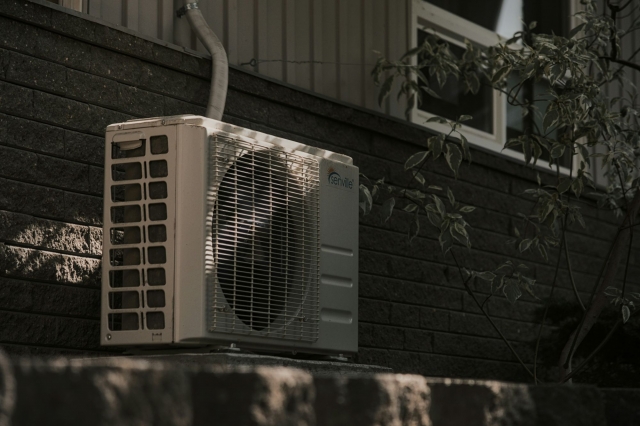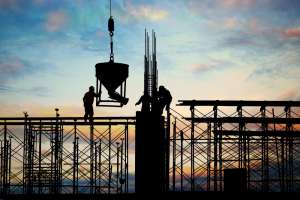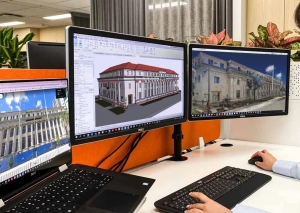Installing an air conditioning system is a crucial step in ensuring comfort and energy efficiency in your home. This guide provides a comprehensive overview of the installation process, tailored for Los Angeles residents who are looking to enhance their indoor climate control.
After deciding on an air conditioner installation, understanding the installation process is essential for optimal performance. Proper installation not only enhances energy efficiency but also ensures long-term reliability. This guide will walk you through the key steps and considerations involved in installing an air conditioning system, emphasizing the importance of professional assistance and regular maintenance.
Choosing the Right Air Conditioning System
Before installation, selecting the appropriate air conditioning system for your home is vital. Consider factors such as the size of your space, energy efficiency ratings, and specific cooling needs. Consulting with a professional can help you determine the best system that fits your requirements and budget. They can also provide insights into the latest technologies, such as smart thermostats and energy-efficient models. For homeowners planning air conditioner installation in Los Angeles, expert guidance ensures the system is both properly sized and optimized for the region’s climate.
It's important to assess your home's insulation and existing ductwork to ensure compatibility with the new system. Proper insulation and ductwork are crucial for maximizing the efficiency and performance of your air conditioning system. Addressing these elements before installation can prevent future issues and enhance overall comfort.
When evaluating different air conditioning systems, it's crucial to consider the SEER (Seasonal Energy Efficiency Ratio) rating. Higher SEER ratings indicate better energy efficiency, potentially leading to significant savings on utility bills over time. Modern systems typically range from 13 to 21 SEER, with higher-rated units offering superior performance despite their higher initial cost. Additionally, features like variable-speed technology and zone control capabilities can provide more precise temperature control and enhanced comfort throughout your home.
Preparing for Installation
Once you've selected the right system, preparing your home for installation is the next step. Clear the area where the indoor and outdoor units will be placed, ensuring there is enough space for proper airflow and maintenance access. It's also essential to verify that your electrical system can support the new air conditioning unit, as inadequate power supply can lead to operational issues.
Professional installers will typically conduct a site survey to identify any potential challenges and plan the installation process accordingly. This includes checking for any structural modifications needed and ensuring compliance with local building codes and regulations.
The Installation Process
The installation process involves several key steps, starting with the placement of the indoor and outdoor units. The outdoor unit should be positioned on a stable, level surface to minimize vibrations and noise. The indoor unit is usually mounted on a wall or ceiling, depending on the type of system chosen.
Connecting the refrigerant lines, electrical wiring, and ductwork is a critical part of the installation. These connections must be made accurately to ensure efficient operation and prevent leaks. Professional installers have the expertise to handle these tasks safely and effectively, reducing the risk of future problems.
After installation, the system should be thoroughly tested to ensure it operates correctly. This includes checking the refrigerant levels, verifying the thermostat settings, and ensuring that all components function as intended. A professional technician will also provide guidance on how to operate and maintain your new air conditioning system.
Post-Installation Maintenance
Once your air conditioning system is installed, regular maintenance is key to sustaining its performance and longevity. This includes routine tasks such as cleaning or replacing air filters, checking refrigerant levels, and inspecting electrical connections. Regular maintenance helps prevent unexpected breakdowns and ensures your system runs efficiently.
Engaging professionals for periodic inspections can identify potential issues before they escalate, saving you time and money in the long run. They can also offer advice on optimizing your system's performance and suggest any necessary upgrades or improvements.
For those considering future installations or upgrades, understanding the air conditioning system installation process is invaluable. Proper planning and execution ensure a comfortable and energy-efficient home environment, tailored to meet the specific needs of Los Angeles residents.






